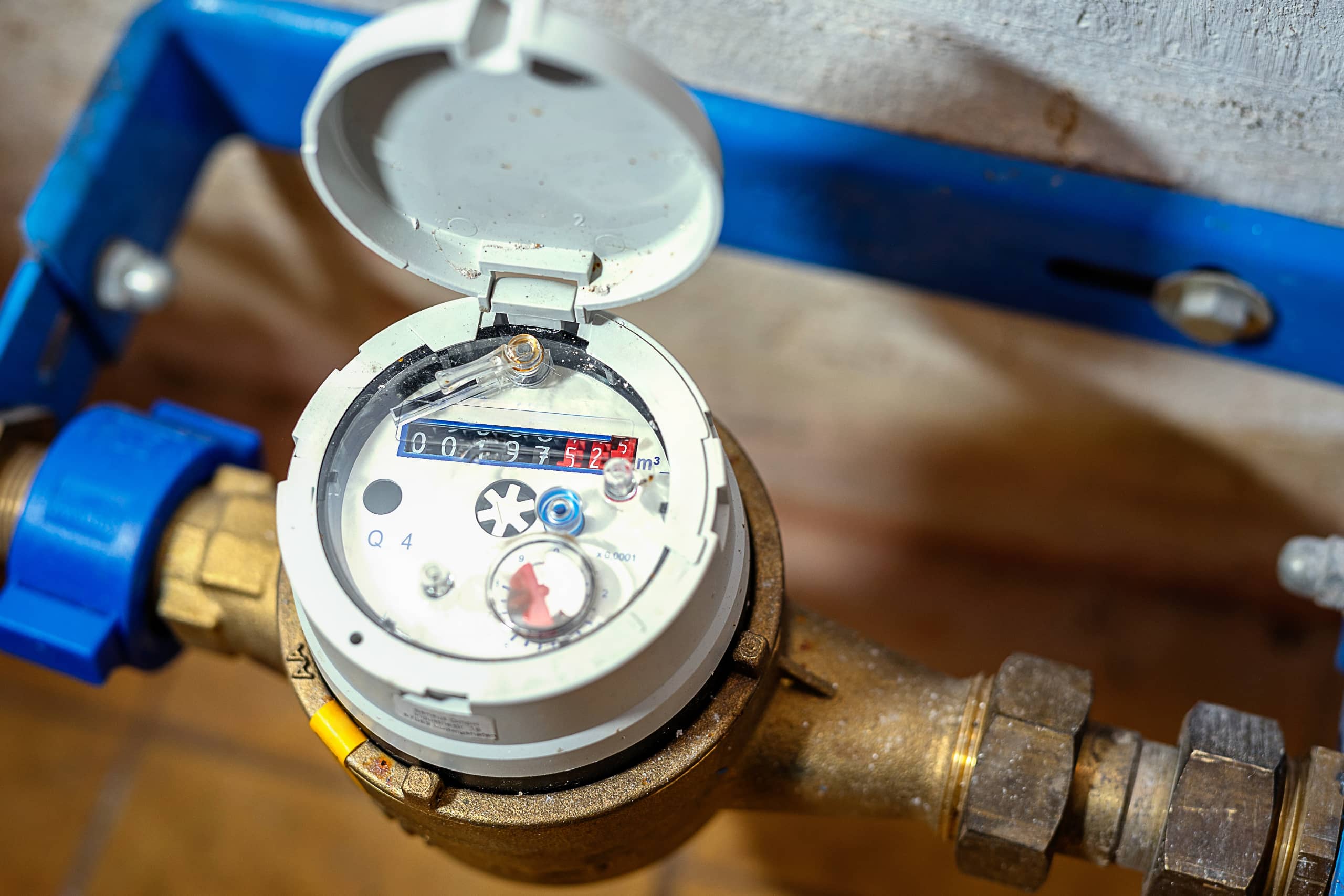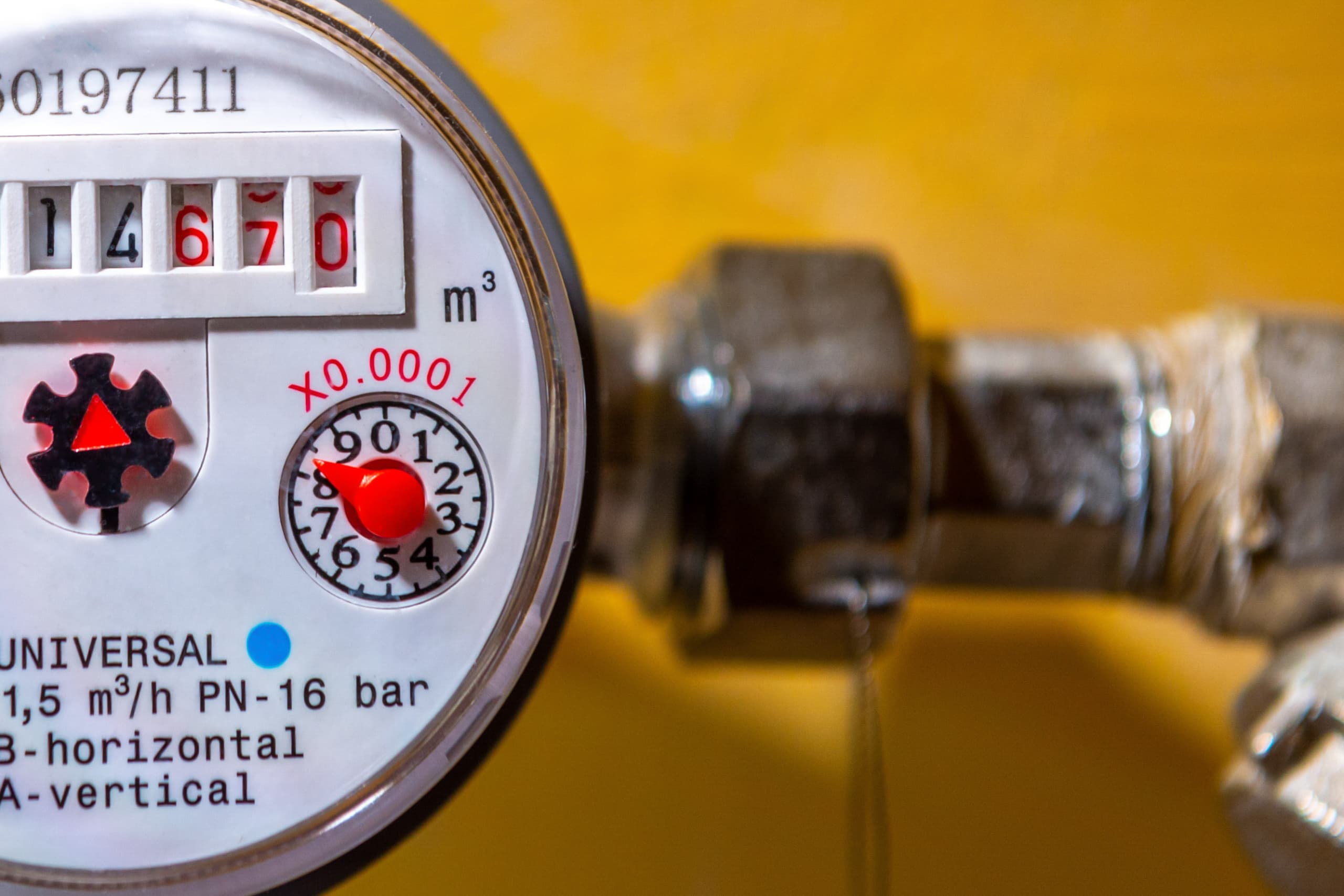How do I know if my meter readings are being estimated?
When you’re running a business, your utilities constitute one of your most crucial overhead costs – so it makes sense that you’d want to make sure they’re completely accurate. However, if your supplier sends you a bill based on an estimated reading, you could be paying for more water than you’ve used, which can have a major impact on your bottom line. Unfortunately though, not all suppliers are up-front about the fact that they’re estimating your usage – they might show a reading that looks official, even when no one’s taken a proper reading from your meter.
So, to avoid the pitfalls that often come with estimated bills, it helps to know what signs to look for and what steps to take when something doesn’t add up. And of course, if you’re not happy with how your supplier ultimately handles it, you might even want to consider switching your business water.
Let’s not get ahead of ourselves there though – first, you’ll want to establish whether you are indeed being sent estimated bills. Here’s how to find out.

How to spot an estimated reading on your bill
Your bill will contain a few signs that tell you when your supplier hasn’t taken an exact reading. You’ll need to look closely at the details and compare them with what’s actually happening at your premises. Some estimated bills can be easier to identify at a glance than others!
Check for the letter ‘E’ on your bill
Your supplier normally adds a letter next to each reading to show how they recorded it. If you spot the letter ‘E’, that stands for estimated. It means no one came out to check your meter – they just calculated your usage based on past records. You might also see letters like ‘A’ for actual or ‘C’ for customer, depending on who took the reading.
Look at the gap between readings
Go through the bill and check the dates between readings. If the bill shows a reading every month but you know your meter was only checked once in the last six, it’s likely that most of those figures were estimated. Suppliers sometimes base their estimate on average daily use, but that doesn’t always reflect seasonal changes or shifts in how your business operates.
Compare your reading with the supplier’s figure
Take a reading from your own meter and compare it with the number on your latest bill. If there’s a big difference, and the bill doesn’t mention a customer reading, that can be a good indication that your supplier probably guessed the figure. You’ll need to make sure the serial number on the bill matches the one on your meter, then work out how far off the estimate is.
Track how often you see actual readings
If you keep your previous bills, check how often your supplier records an actual reading. You should be able to spot a pattern. As we touched upon above, if you only see an ‘A’ or ‘C’ every few bills, the rest were almost certainly estimated. Some suppliers only send someone to check your meter once or twice a year – the rest of the time, they estimate based on history.
Contact your supplier to confirm
If you’re not sure whether a reading was estimated or real, you can always phone or email your supplier and ask. Give them your account number and the date of the bill. They can then confirm whether the reading came from a site visit, an automated system, or a manual estimate.
Why do suppliers estimate usage?
Basically, suppliers estimate usage when they don’t have access to a recent actual reading. That can happen for a few reasons. If no one has submitted a reading and the supplier hasn’t visited the premises, they will usually base the figure on your average consumption over previous months. In some cases, they may use national or regional benchmarks for businesses of your size and type. Equally, if the meter is located indoors or in a restricted area, that might prevent them from getting to it. Other times, the meter might be damaged or hard to read, and the supplier may decide to estimate while arranging a fix. Of course, none of these reasons necessarily mean the estimate is automatically accurate – we’re just illustrating why suppliers sometimes fall back on them.
What to do if the estimate looks wrong
If the figure looks too high or too low, you might want to start by taking your own meter reading straight away. Write down the number, the time and date, and take a photo if possible, then check that figure against what’s shown on your bill. You need to know how far out the estimate is and whether it has happened before.
Next, send your reading to the supplier along with the details from your bill. Ask them to update the account with your actual usage. They may issue a revised bill, or they might adjust the balance on your next statement. You may find it helpful to read our post on how to dispute a sudden spike in your water bill, which contains a few handy tips on how best to deal with suppliers.
How to find your latest actual reading
The best way is to go back through your recent bills and look for the last time the supplier recorded an actual reading. That’s usually marked with an ‘A’, or sometimes the word ‘actual’ printed next to the number. Note the date and figure, and work out how many months have passed since then. If the gap is long, you may well have had several estimates in a row. You can also call your supplier and ask them to confirm the last date they recorded a real reading. They should be able to give you a breakdown of each reading on your account, including who submitted it and how. If they’ve been estimating for a long time, you have every right to question the accuracy of your charges.
How to take control of your meter readings
The first step is to start by checking your water meter regularly. Choose a set date each month to read the figure yourself and record it. Plus, make sure to keep the data in a spreadsheet or notebook, and include dates, times, and photos if you can. That way, you’ll have proof of usage if your supplier sends an estimate you want to challenge. Then submit your readings directly to the supplier. Most water retailers have a customer portal, email address, or phone line where you can do this. When you send your figure, ask for confirmation that they’ve updated it on your account. Regular submissions reduce the chance of estimates and keep your bills accurate.
And as we covered above, if you’re not happy with the service of your water supplier, you can always choose to switch for a better deal, or a better standard of customer service. In fact, they’re two of the most common reasons why people do indeed tend to switch!
That’s exactly where we can help here at The Business Water Shop. With a network of trusted suppliers at our disposal that spans across the UK, we’re perfectly positioned to get you the most competitive water quotes for your business. In fact, we’re able to save some customers up to 55% on their water bills, and you can count on us to use all our resources and industry expertise to get you the best deal.
It only takes a few minutes to get your online quote – so if you’re thinking about switching business water suppliers, there’s never been a better time to do it!



 Excellent 5* Rating
Excellent 5* Rating



